Easy read is on
Turn off easy readScroll Down

We know the NDIS can be hard to understand.
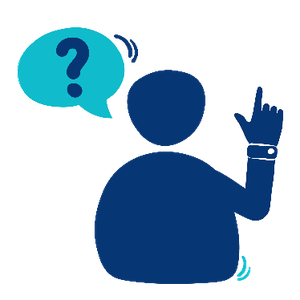
We’ve answered some questions we get asked a lot.
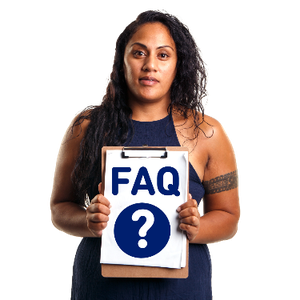
We call them Frequently Asked Questions (FAQs).
Scroll Down
Questions about applying to the NDIS
How do I apply for the NDIS?
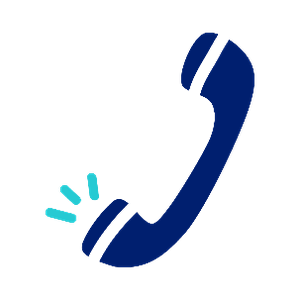
You can call 1800 800 110 and ask to apply for the NDIS.
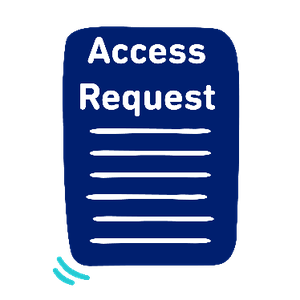
This is called an Access Request.

You can also:
- go to the NDIS website
- fill out an Access Request Form.
Can you help me apply to the NDIS?
Yes, we can.

We can help you find a Local Area Coordinator (LAC).
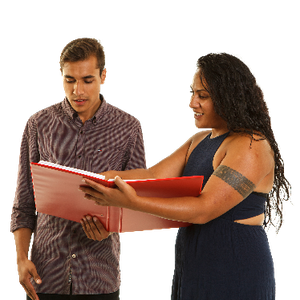
A LAC is someone who can help you understand and use the NDIS.
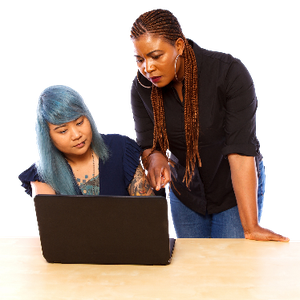
We can also help you fill out your Access Request Form.
How do I know if I can apply for the NDIS?

You can take a test to find out if you’re eligible.

If someone can take part in the NDIS, we say that they are eligible.

You can also send the NDIS your Access Request Form.

The NDIS will:
- look at your answers
- tell you if you are eligible.
Why do I need a service agreement?
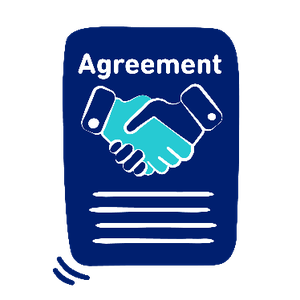
A service agreement is a written agreement between you and your service provider. It explains:
- the supports you will use
- how your service provider will give you those supports
- how much the supports cost.

It clearly tells you what you and your provider have agreed to.
What do I do if I think my NDIS plan is wrong?

If you want to change your NDIS plan, you should talk to your Local Area Coordinator (LAC).

A LAC is someone who can help you understand and use the NDIS.

You can also talk to your NDIS planner.

Your NDIS planner helps you make your NDIS plan.

An NDIS plan is a document that includes information about:
- you and your goals
- what supports you need
- the NDIS funding you will get.
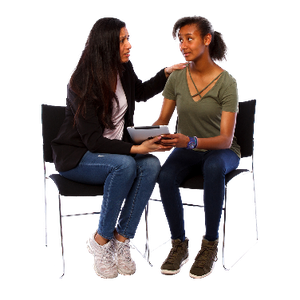
Or you can talk to your Support Coordinator.
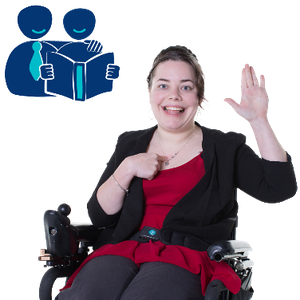
Support Coordinators help people with disability who use the NDIS manage their supports and services.
Scroll Down
Questions about NDIS plan funding and support
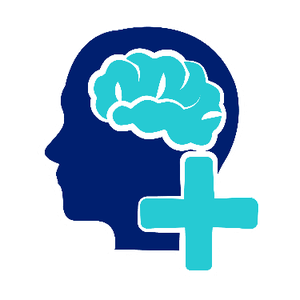
Is mental illness covered under the NDIS?

Yes. People with a psychosocial disability can use the NDIS.
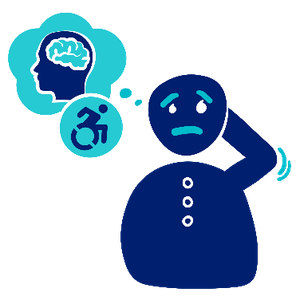
A psychosocial disability affects your mental health.
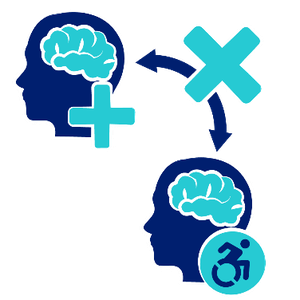
But not everyone with a mental health problem has a psychosocial disability.
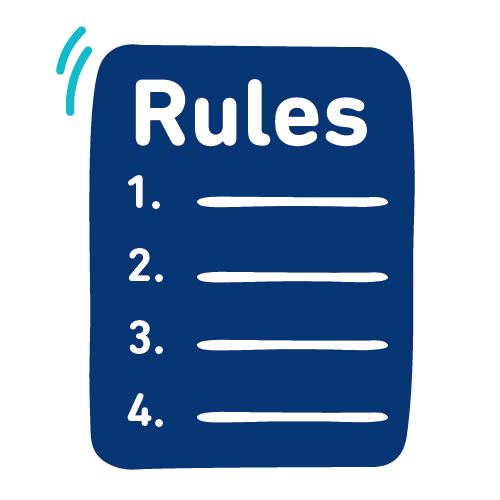
People with psychosocial disability must meet the NDIS Access Requirements.
NDIS Access Requirements are the rules you need to meet to join the NDIS.
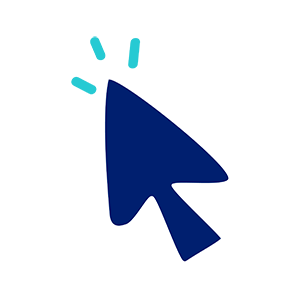
You can find out more about NDIS Access Requirements on the NDIS website.
Can I choose what’s in my NDIS plan?

Your NDIS plan is a document that includes information about:
- you and your goals
- what supports you need
- the NDIS funding you will receive.

Your NDIS planner will help you make your NDIS plan.
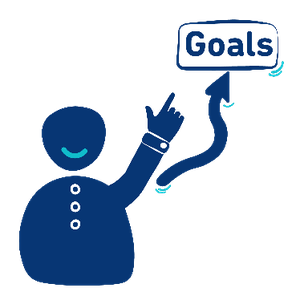
You need to tell them what your goals are.
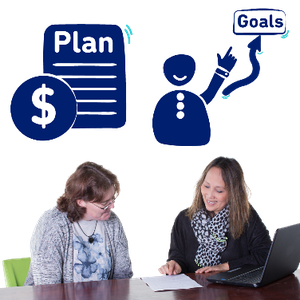
They will add funding to your plan so that you can reach your goals.
Your goals need to be:
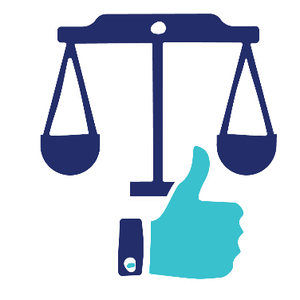
- reasonable – if something is reasonable, it is fair and sensible

- necessary – if something is necessary, you need it to live your best life.
How long does my plan last for?

Your plan can last from 12 to 36 months.
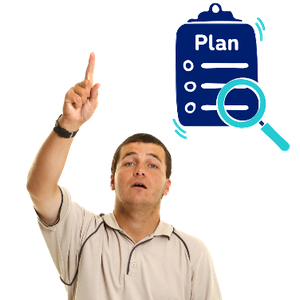
You can also ask for a review during this time if you need to.
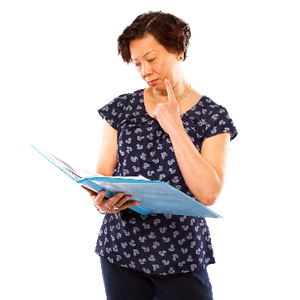
A review is when you check to see what:
- works well
- could be better.
What happens if the funding runs out before my NDIS plan ends?

Your NDIS plan is a document that includes information about:
- you and your goals
- what supports you need
- the NDIS funding you will get.

Your Support Coordinator can support you with a review of your NDIS plan before your funding runs out.
Can I swap money between my budgets?
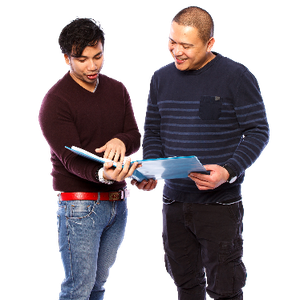
Yes. Talk to your Support Coordinator to find out how.
Scroll Down
Questions about genU and the NDIS
What NDIS supports do you provide?
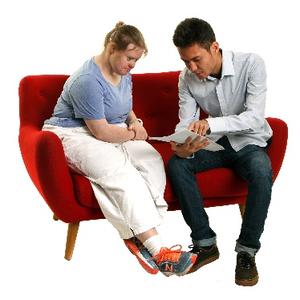
Occupational Therapy
Occupational Therapy helps you find ways to do everyday tasks.
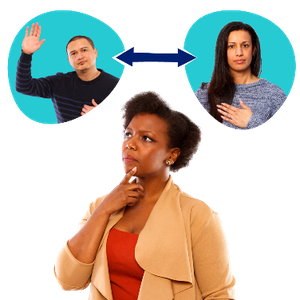
Support Coordination
Support Coordination can help you manage the supports and services in your NDIS plan.

Employment Pathways
Our Employment Pathways services can help you build your job-related skills.
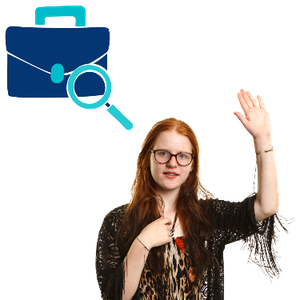
School Leavers Employment Support (SLES)
SLES is for Year 12 students with disability who:
- aren’t ready to start looking for a job right away
- need help to work out what job would be right for them.
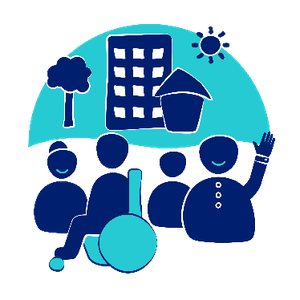
genU Participate
Our genU Participate programs help you take part in the community.

genU Adventure
You’ll get to take part in adventure activities, such as:
- cycling
- kayaking
- bushwalking
- surfing.
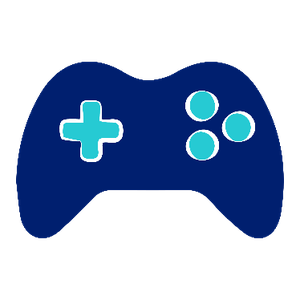
genU GAMER
You’ll get to take part in gaming activities, such as:
- board games
- video games
- role playing games, like Dungeons and Dragons.
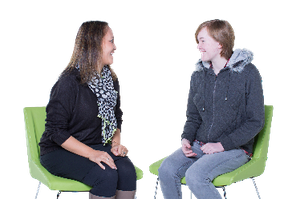
Individual Support
Our Individual Support includes 1-on-1 support for daily life.
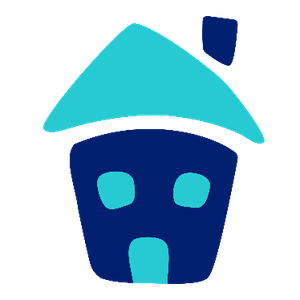
Accommodation
Our Accommodation options includes:
- short-term respite – when someone takes a break from caring for a person with disability
- Supported Independent Living (SIL) – help with day-to-day tasks around your home so you can:
- do more things for yourself
- learn new skills
- rental options where you can have independence.
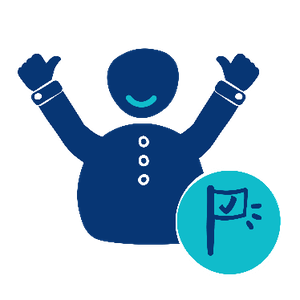
When you have independence, you are in control of:
- your own life
- the choices that you make.
What does a genU Support Coordinator do?

Our Support Coordinators can help you connect to the supports you need.

They will also help you talk to providers about:
- their services
- how much they cost.

Your genU Support Coordinator will help you get the most from your NDIS plan.
What is the difference between registered and non-registered providers?
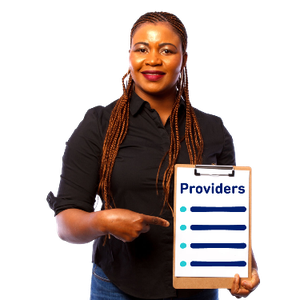
Registered providers are on a list of providers who can offer services in the NDIS.

Non-registered providers are not on this list.
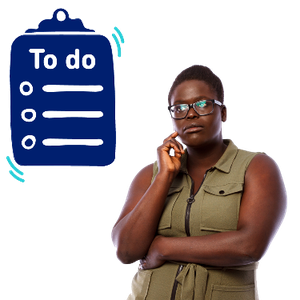
There are things registered providers must do to stay on this list.
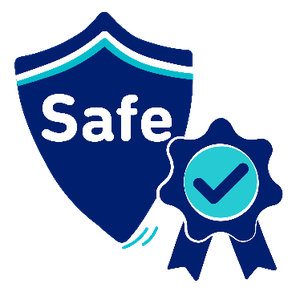
This makes sure that you get services that are:
- safe
- good quality.
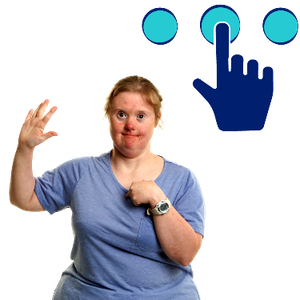
Quality is about receiving good services that:
- meet the needs of people with disability
- give people with disability choice and control.

You can use non-registered providers if you want to.
But your NDIS plan needs to be:
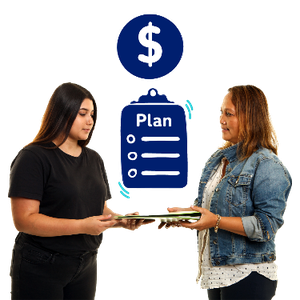
- Plan Managed
If your plan is plan-managed, you pay someone to look after your funding.
or

- Self-Managed
If you self-manage your plan, you:- manage all or part of your funding
- choose what supports you use to reach your goals.

If you are Agency Managed, this means that the National Disability Insurance Agency (NDIA) manages your funding for you.
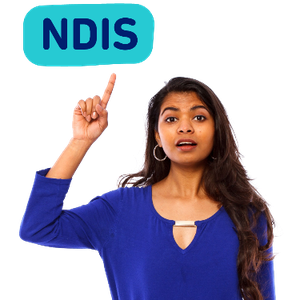
The NDIA runs the NDIS.

If you are Agency Managed, you can only use registered providers.
Scroll Down
Questions about using supports
Will my support change next year?

The National Disability Insurance Agency (NDIA) runs the NDIS.
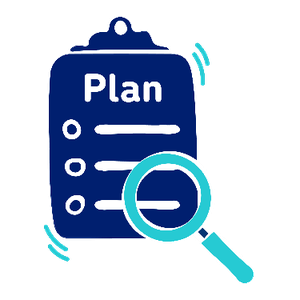
They will do a review of your NDIS plan.

A review is when you check to see what:
- works well
- could be better.
You might need to give the NDIA information about:
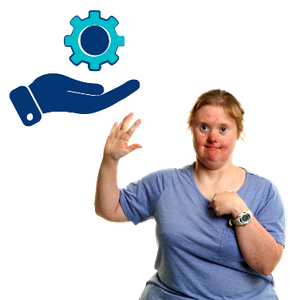
- the supports and services you use

- how your supports and services are helping you reach your goals
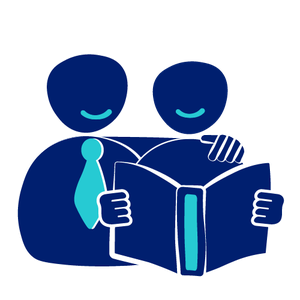
- if you need more support to reach your goals.

The NDIA will use this information to work out if you need:
- more funding
- less funding
- the same amount of funding.
